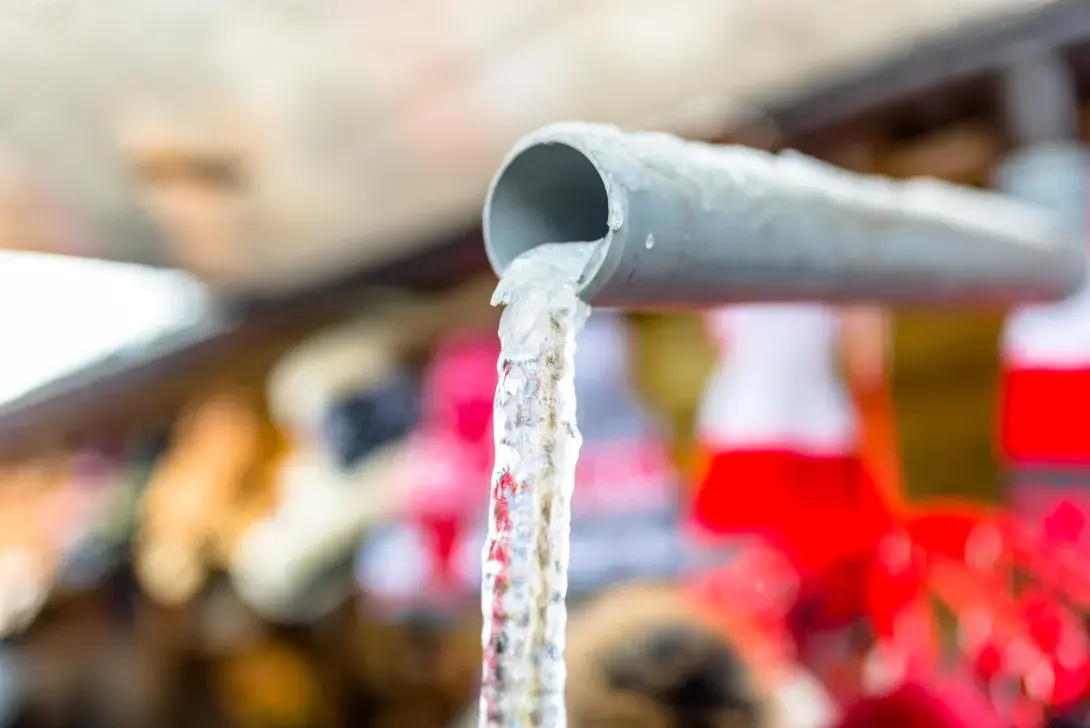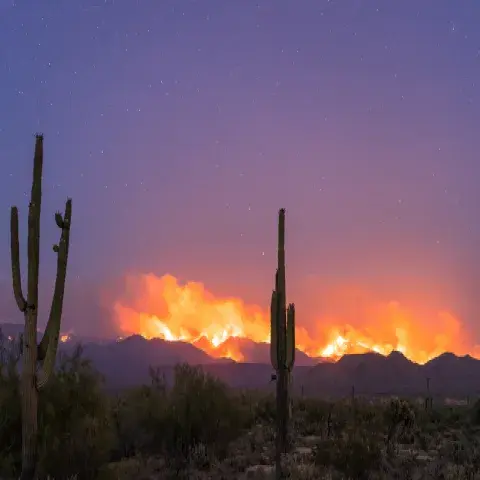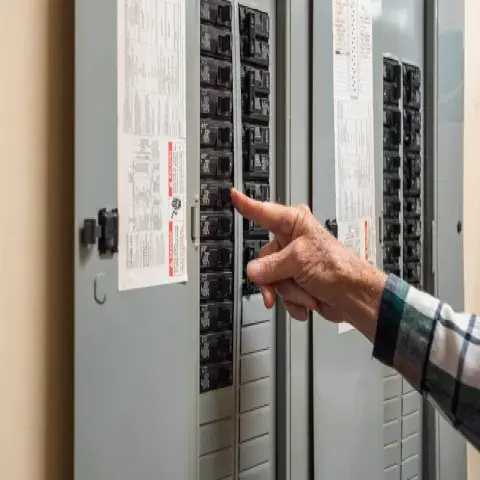Winter Wonderland or Plumbing Nightmare? Avoid the Hassle of Frozen Pipes
Winter’s icy grip brings beauty and joy, but also a hidden threat: frozen pipes. These silent saboteurs can burst, unleashing a torrent of damage and disruption. But fear not, intrepid homeowner! With a few simple steps, you can keep your home safe and warm all season long.
Here are a few steps to get started:
Insulate & Seal
First line of defense? Insulation! Wrap exposed pipes in cozy jackets of insulation, especially in attics, basements, and crawl spaces. Like a warm winter coat, this keeps them from getting too chilly. Seal any cracks or leaks that might let in cold air, the enemy of your pipes’ comfort.
Drip, Drip, No Slip
Mother Nature loves stillness, but your pipes prefer a little action. On frigid nights, let faucets drip slowly. This keeps water flowing and prevents freezing, especially in vulnerable areas like exterior walls.
Warmth is Key
Don’t let your home become an ice palace! Keep the temperature consistent, even when you’re away. A few extra degrees can be the difference between happy pipes and frozen nightmares. Open cabinet doors to let warm air reach pipes under sinks and prevent them from feeling the cold shoulder.
Heat Tape & Shutoff Savvy
For pipes in particularly chilly spots, consider heat tape, like a warm hug for your plumbing. If you’re leaving your home vacant for a wintery getaway, drain the water system or shut off the main supply. This way, even the coldest spell won’t have anything to freeze.
Thawing Tips
If disaster strikes and a pipe freezes, don’t panic! Remember, patience and gentle warmth are your allies. Never use open flames or extreme heat, as this can lead to a burst pipe and a bigger mess. Thawing frozen pipes is a delicate process that requires careful attention to avoid further damage. Here are some tips for safely thawing frozen pipes:
- Locate the Frozen Area: Identify the section of the pipe that is frozen. This is often where the coldest temperatures are or where there is exposure to drafts.
- Open Faucets: Open the affected faucet to relieve pressure and provide a place for water to flow once the pipe thaws.
- Apply Heat: Use a safe heat source to thaw the frozen pipe. Here are several methods:
- Hair Dryer: Direct a hairdryer at the frozen section of the pipe, moving it back and forth. Start at the faucet end and work your way toward the blockage.
- Heating Pad or Towel Soaked in Hot Water: Wrap the frozen pipe with a heating pad or a towel soaked in hot water. Change the towel or add more hot water as needed.
- Hot Towels: Place hot towels around the frozen pipe. This helps to gradually thaw the ice without applying direct heat.
- Space Heater: Use a space heater in the room where the frozen pipe is located. Keep the heater away from flammable materials and follow safety guidelines.
- Heat Lamp: A heat lamp can be effective, especially in enclosed spaces.
- Heat Tape or Electric Pipe Heating Cable: These are designed for preventing pipes from freezing, but they can also be used to thaw them. Follow the manufacturer’s instructions carefully.
- Avoid Open Flames: Do not use open flames such as a propane torch to thaw pipes. This can be dangerous and may cause damage.
- Start from the Faucet: Begin the thawing process near the faucet and work your way toward the blockage. This allows water to flow out as the ice melts.
- Patience is Key: Thawing a pipe takes time, so be patient. Rushing the process can lead to more damage.
- Check for Leaks: After the pipe has thawed, turn on the water slowly and check for leaks. If you find any, turn off the water and address the leaks before fully restoring water flow.
Remember to take necessary precautions to avoid burns or other injuries during the thawing process. If you are unsure or if the situation is complex, it’s advisable to consult a professional plumber for assistance.
Preventative Power
Please consider adhering to the following winter safety guidelines to mitigate the risk of frozen pipes. By implementing proactive measures, you can appreciate the winter season’s charm without the concern of plumbing complications. It is essential to recognize that a modest amount of preparation can significantly contribute to a comfortable and stress-free winter experience.
Therefore, embrace the enchanting winter wonderland while being vigilant against the potential nightmare of frozen pipes. Initiate preventive measures today to relish the season with tranquility and assurance.
Top of Form
Check out this related blog post: Winterizing Your Roof: Must-Have Safety Tips for Homeowners – Orion180



